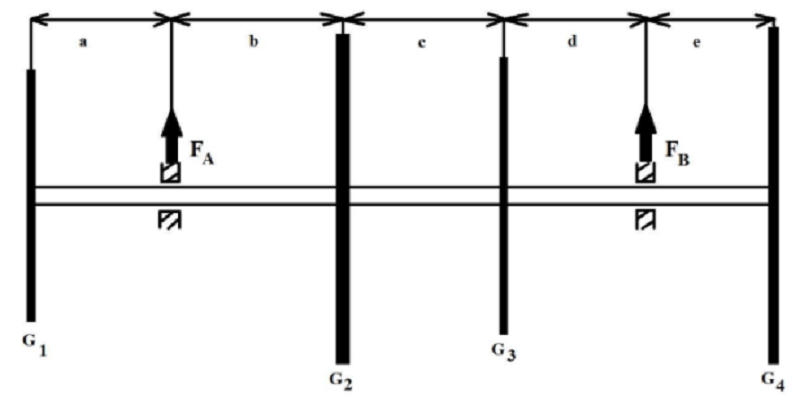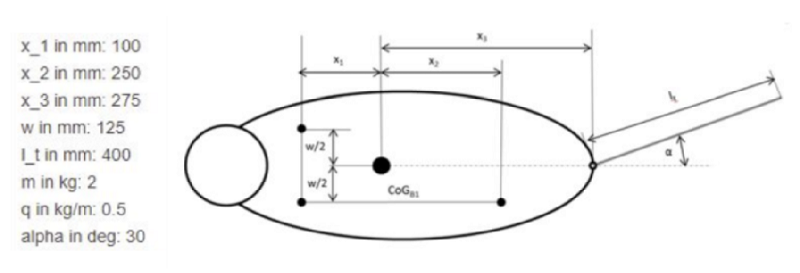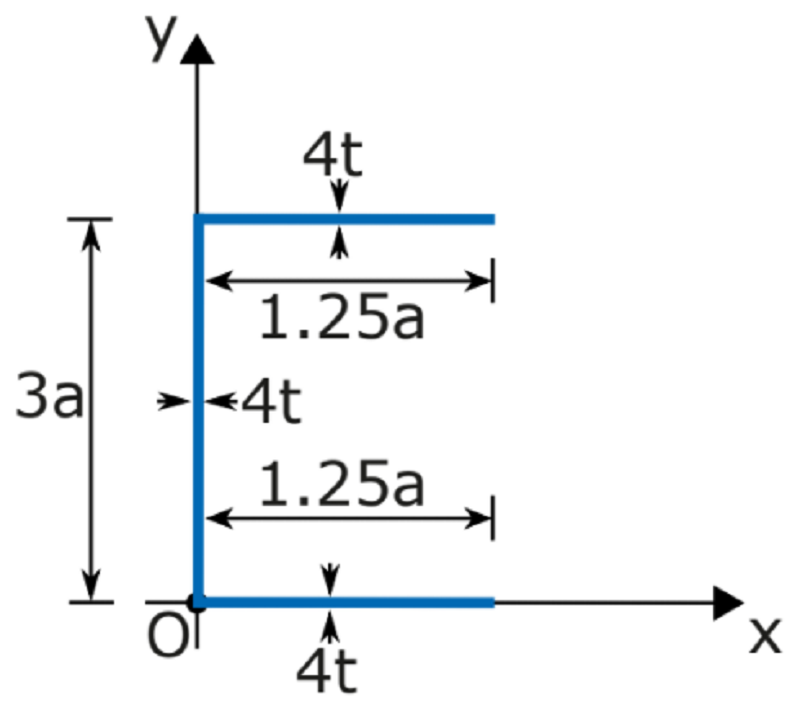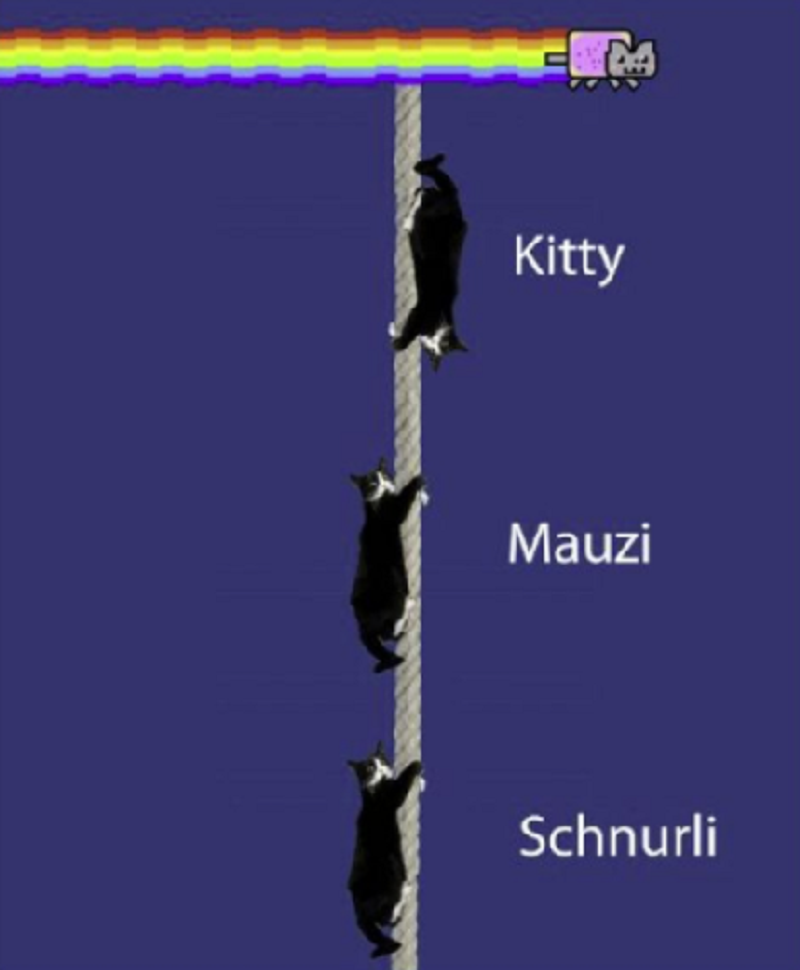24_01_FSG_MB
{"name":"24_01_FSG_MB", "url":"https://www.quiz-maker.com/QPREVIEW","txt":"Test your knowledge in mechanical engineering with this comprehensive 10-question quiz designed for aspiring engineers and enthusiasts. Dive into a range of topics including mechanics, dynamics, and design principles to see how well you understand the fundamentals!Assess your engineering skills.Covering various mechanical concepts.Suitable for students and professionals alike.","img":"https:/images/course5.png"}
More Quizzes
Fluid Mechanics
5230
Quiz Czech 2020-21 remix
10517
���ამოიცანით ,რომელი ქართული ცეკვაა ფოტოზე?
10539
What color is your soul. ? .
10530
Carp Fishing - How Well Do You Know Carp?
201019845
Food Allergy - Free Self-Assessment Online
201016570
Motorsport Season - Test Your Racing Knowledge
201017898
What Do I Want to Eat? Free - Get Meal Ideas
201017357
Am I a Drama Queen? - Free Self-Assessment
201018884
Which Dawson's Creek Character Are You? Free
201017969
E.T. Movie Trivia - Free Online Challenge
201023441
College Level Math Problems - Free With Answers
201018186






